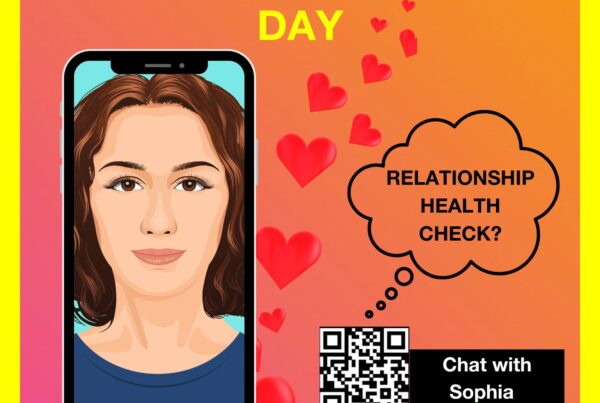Domestic violence and abuse (DVA) significantly contributes to illnesses, disabilities, and death of women. In daily life, the health effects of DVA take many forms and are far from self-evident. Besides obvious injuries pointing directly towards violence, women experiencing DVA often show secondary and non-specific symptoms of consistent abuse.
Various studies have shown that these women are more likely to report unexplained pain in the abdominal, chest, and back regions; headaches; digestive problems; and gynaecological and sexual health issues. In addition, it has been shown that DVA contributes to long-lasting mental health complaints including depression, anxiety, insomnia, post-traumatic stress disorder (PTSD), and even suicidal ideation. In my own work in GP practices, I witnessed the importance of having primary health care (PHC) workers that are sensitised to a consistent constellation of these non-specific symptoms and consequently investigate the possibility of DVA. Especially considering how many women suffer from DVA, often silently.
Since patients rarely bring up the history of abuse themselves, medically managing conditions resulting from the abuse is often very difficult. There is, therefore, a strong need for a wide implementation of reliable screening tools for DVA in PHC. Clinical studies have already demonstrated improvements in patients’ physical and mental health through the use of such screening methods , and most medical organisations already recommend routinely asking women about DVA, though in reality, most PHC institutions have yet to implement these practices. Also, the issue is not sufficiently represented in the education of health care workers. In my experience, DVA are hardly ever talked about, both at university and at the hospitals. Introducing the topic to the curriculum of medical students and organising training sessions for practicing doctors could be significant steps to raise awareness among physicians.
It is important that once PHC workers are sensitised to the subject of DVA (as well as abuse and sexual assault in general), that they are not afraid to address it when they have suspicions. The goal should be learning to talk about abuse in a respectful and adequate manner while gaining as much relevant information as possible.
But what if the patient’s abuse remains hidden despite a screening? What about patients who do not answer the doctor’s questions truthfully, be it out of fear, shame, or suppression? One can imagine plenty of scenarios in which such screening tools may not work how they should, even if they are implemented correctly by the health care worker. The Covid-19 pandemic has put a spotlight on one of the many scenarios that make screening, and therefore the possibility to help those affected, so very difficult.
As the virus spread and many countries went into lockdown, the occurrence of DVA increased drastically, most likely due to emotional stress, loss of social contacts, and financial problems. At the same time, fewer victims went to the doctor. This may be caused by the fear from going to a practice or a hospital for fear of infection as well as full evaluations in clinics, which are limited to urgent care only. To make matters worse, lockdown restrictions on movements, makes it easier for the abuser to control the victim’s whereabouts.
In those scenarios, PHC workers cannot entirely fulfil their duties to protect and treat people experiencing DVA, which is not only frustrating and discouraging for the physicians but more importantly, potentially dangerous for the victims. To counteract situations like that, PHC workers themselves could promote digital solutions like Sophia to their patients. It gives their patients an anonymous alternative to act without leaving the house and meanwhile gives them the opportunity and safe space to collect evidence and to acquire information until they feel ready to talk to someone, be it their GP or someone else.
There are still significant improvements to be made when it comes to the topic of how PHC workers can help victims of DVA. But many of the issues pointed out are not purely health care-specific, but apply to all possible primary points of contact: Increased awareness among frontline workers, and an appropriate way and tone to address such concerns with patients. Importantly: We need different options for victims to choose from in order to encourage more victims of DVA to come forward.
If you need help for yourself or your friend, please turn to your national domestic violence hotline or shelter that you can find here.
Share Post
Share on facebook
Facebook
Share on twitter
Twitter
Share on linkedin
LinkedIn
Share on email
Email




